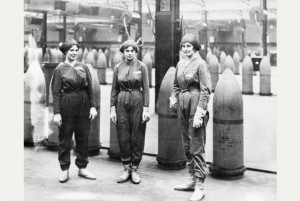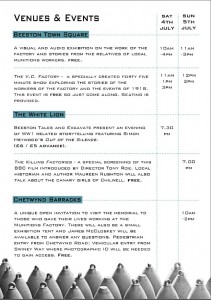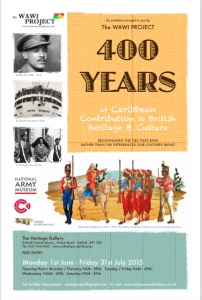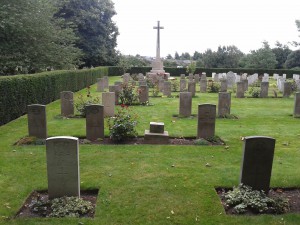
Some of you may recall our blogpost on the Chilwell munitions factory explosion. The disaster, which occurred 97 years ago this week, destroyed much of the No. 6 Filling Factory, which had been used for adding the volatile chemicals to shells prior to shipment to the frontline. 134 people were killed and a further 250 injured and the blast could be felt as far away as West Bridgford.
If you’re interested in finding out more about the disaster, and hearing some of the recorded testimonies of people who remember it, you may be interested in a series of events organised by Excavate Community Theatre.
This weekend (4th and 5th July), an exhibition will be held in Beeston Town Square, with photographs and audio interviews from relatives of those who worked at the factory. A new play about the disaster will also be performed at 11am, 1pm and 3pm on the Saturday and 12pm and 2pm on the Sunday.
On Sunday, from 10am to 2pm, Chetwynd Barracks, which lies on the site of the factory, will be open to allow people to visit the memorial on the site and to see a small exhibition.Pedestrian entry will be from Chetwynd Road; vehicular entry from Swiney Way where photographic ID will be needed.
A series of related events will also be held at the White Lion pub in Beeston. On Saturday night, an evening of First World War storytelling will begin at 7.30pm (tickets £6 on the door, or £5 advance from the pub). On Sunday, the pub will hold a screening of the BBC film The Killing Factories, with an introduction from the director Tony Roe. This will start at 7pm and will be free of charge.
The project has been funded by the Heritage Lottery Fund and Broxtowe Borough Council.
 For more information, please visit excavate.org.uk
For more information, please visit excavate.org.uk
 “Nothing beats stronger than the heart of a volunteer”
“Nothing beats stronger than the heart of a volunteer”
 This talk will argue that public parks were caught up in some of these reactions and ambiguities, and were utilised both in support of the war effort in various ways and also sometimes as places where resistance to the war and its consequences occurred. The recruitment of hundreds of thousands of men for the armed forces, food shortages and rationing, the assumption of male work roles by numerous women, all impacted upon urban parks and green spaces. As we shall see, public parks in Derby and other places were requisitioned for various purposes including military (such as anti- Zeppelin and aircraft guns), defensive, governmental, medical and for food production, particularly after the Defence of the Realm Act or (DORA) was passed. They also played an important role in maintaining morale when some other forms of recreation were curtailed such as organised sports like football and rugby. At the same time, parks were places where civilian and military populations on leave or recuperating could temporarily escape from some of the demands of war and even resist authority. On occasion they served as venues for anti-war and pacifist meetings and demonstrations too.
This talk will argue that public parks were caught up in some of these reactions and ambiguities, and were utilised both in support of the war effort in various ways and also sometimes as places where resistance to the war and its consequences occurred. The recruitment of hundreds of thousands of men for the armed forces, food shortages and rationing, the assumption of male work roles by numerous women, all impacted upon urban parks and green spaces. As we shall see, public parks in Derby and other places were requisitioned for various purposes including military (such as anti- Zeppelin and aircraft guns), defensive, governmental, medical and for food production, particularly after the Defence of the Realm Act or (DORA) was passed. They also played an important role in maintaining morale when some other forms of recreation were curtailed such as organised sports like football and rugby. At the same time, parks were places where civilian and military populations on leave or recuperating could temporarily escape from some of the demands of war and even resist authority. On occasion they served as venues for anti-war and pacifist meetings and demonstrations too.